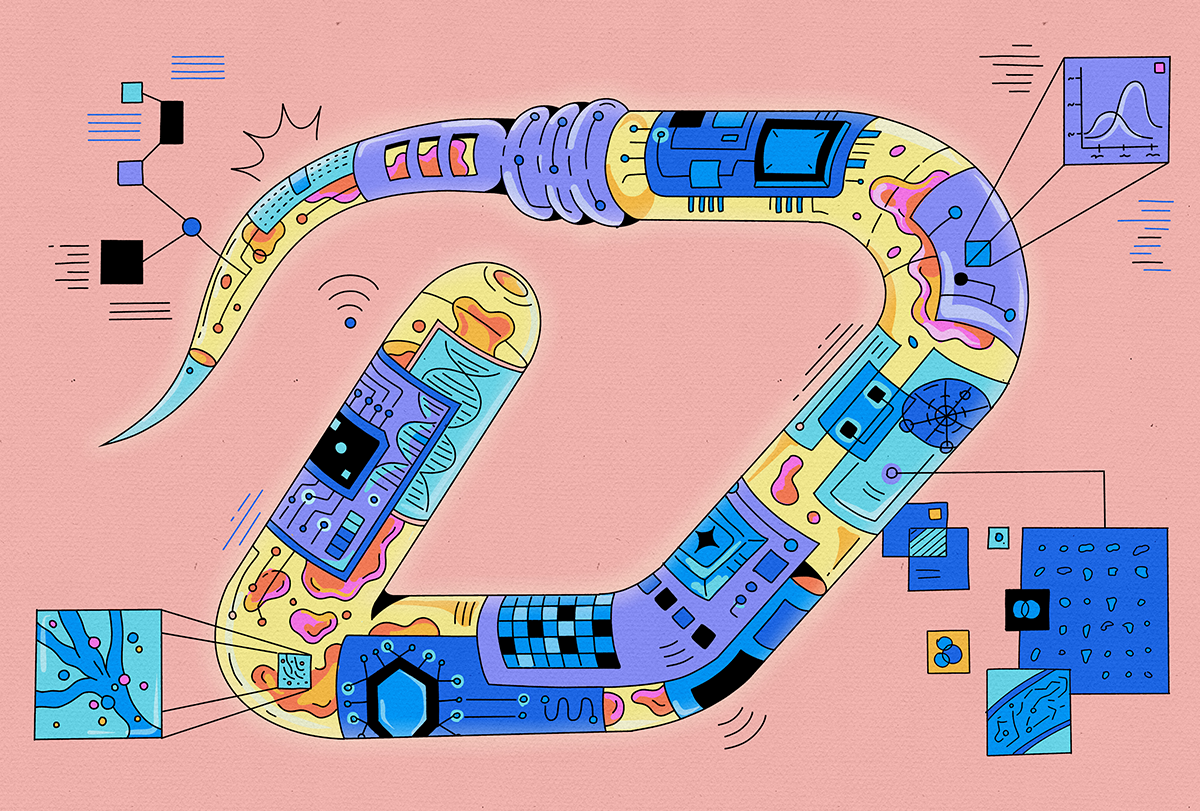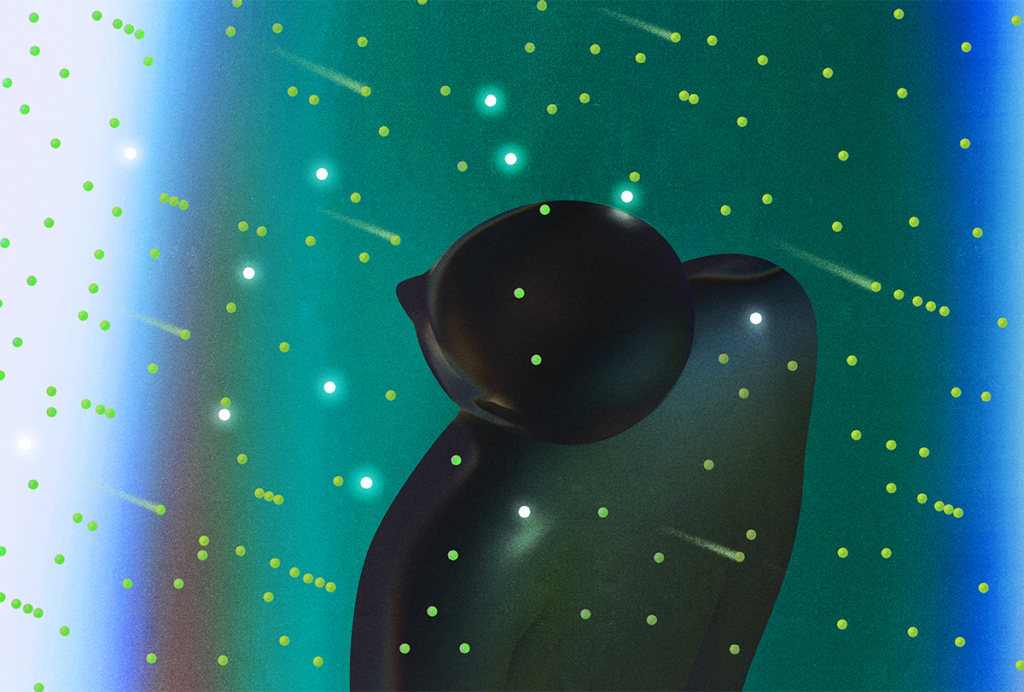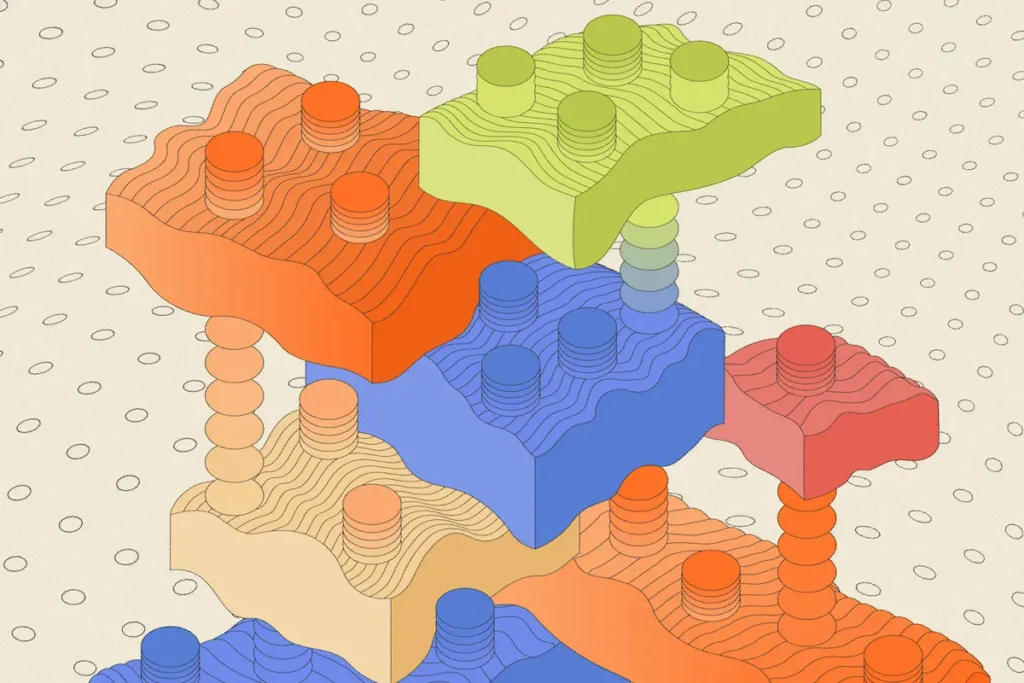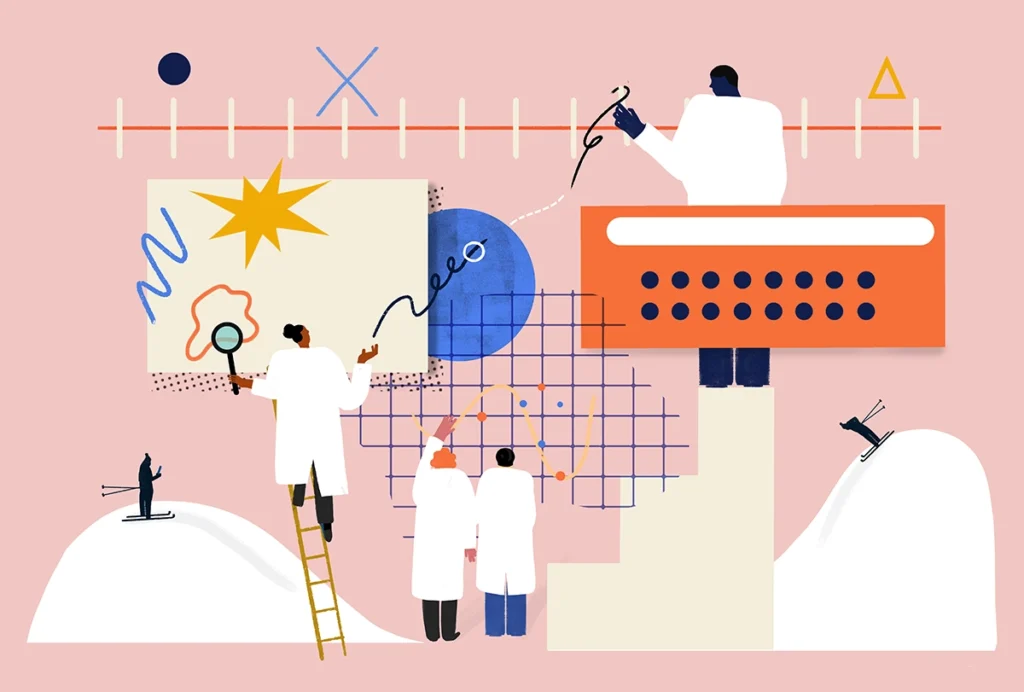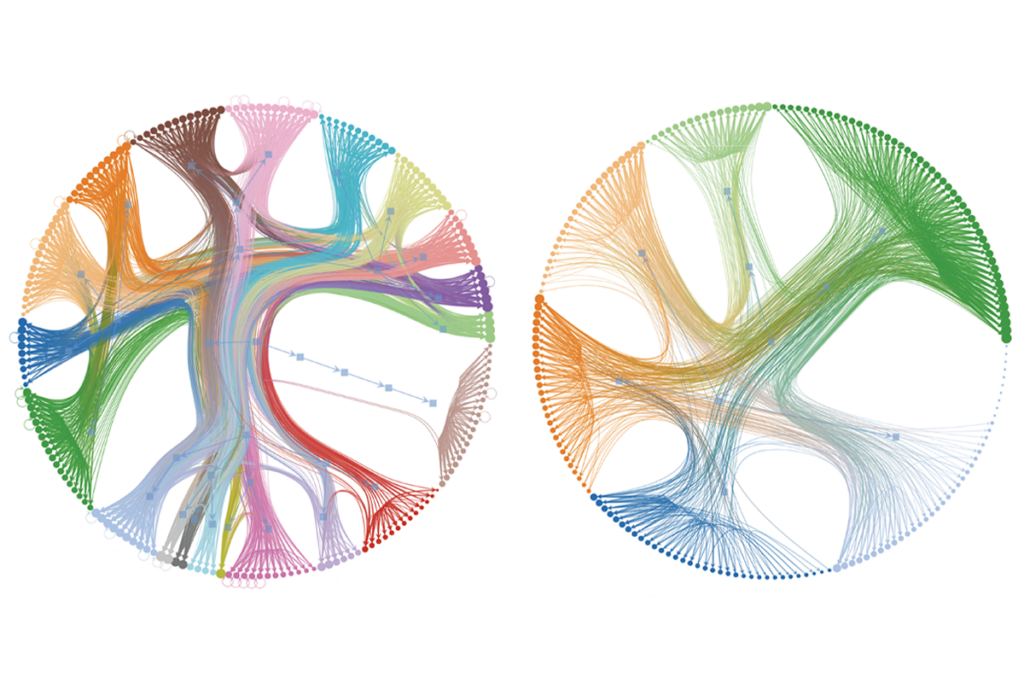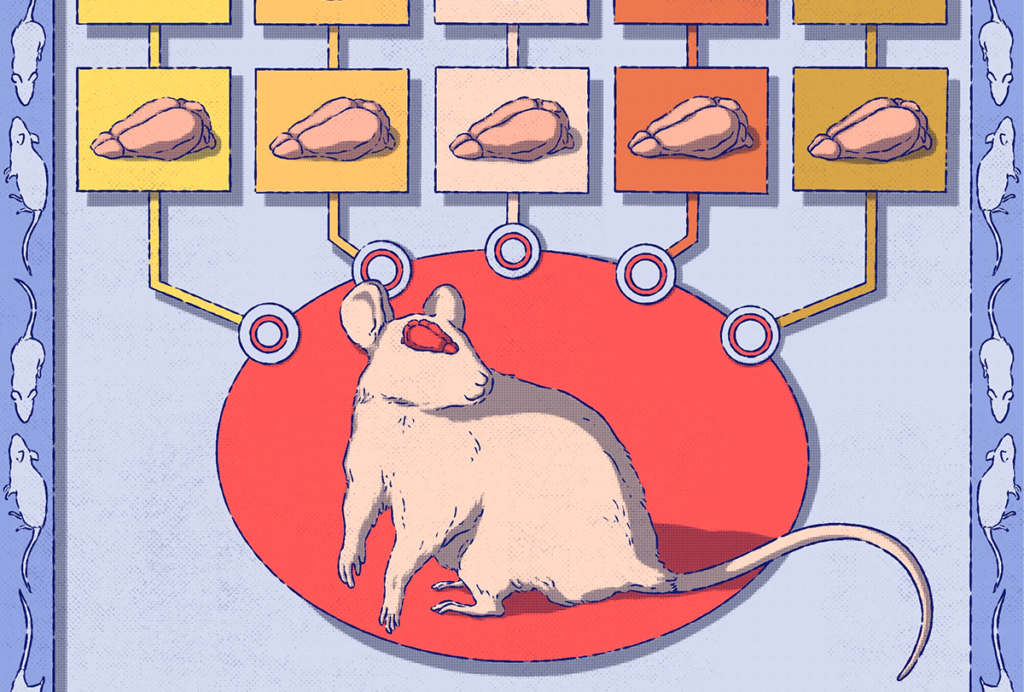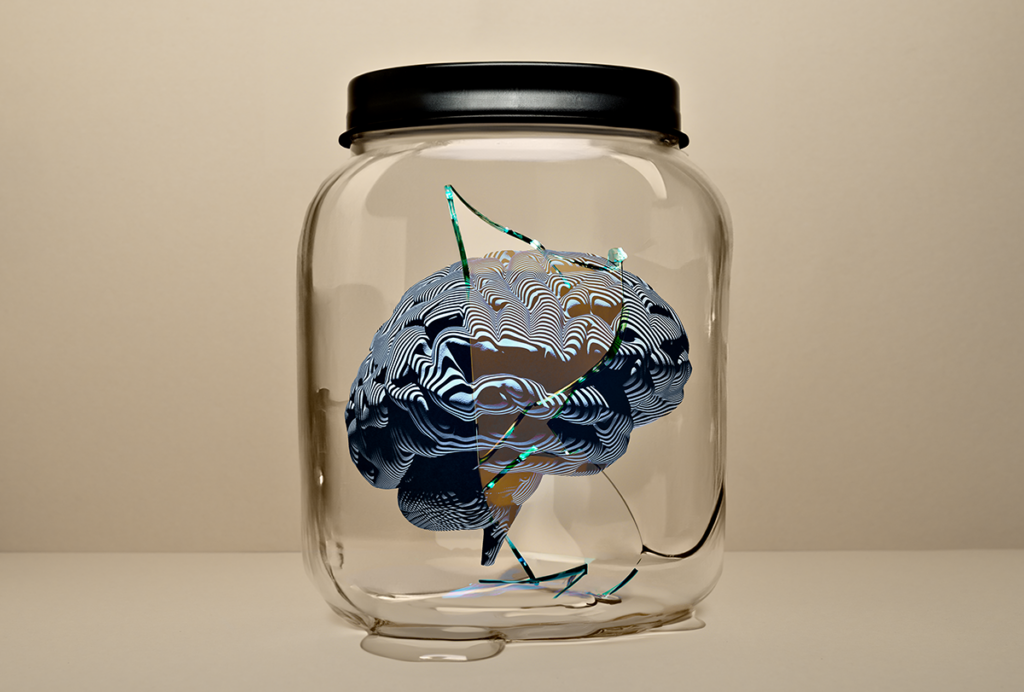Take a handful of sand from a beach. Could anyone in 1900 have imagined that this sand could become a microchip powering artificial intelligence that rivals the human intellect? Even the boldest science fiction writers of that era never dreamt of such things. Computing machines, if they were imagined then at all, were crude electromechanical contraptions. Only after quantum mechanics emerged in the early 20th century did we grasp the potential of semiconductors (such as silicon, a major component of sand), which led to the microchip, and thus to modern computing. Once we understood how the fundamental particles of physics interact, innovation exploded: The 20th century saw the emergence of such impactful achievements as lasers, the moon landing and the internet.
When we know the building blocks of a domain and their interactions—or “ground truth,” for short—we can design from the bottom up, unleashing untold combinatorial possibilities. In mature sciences, such as physics, we can start with the known properties of components—electrons or steel beams, for example—to simulate and predict the behaviors of systems made out of these components, such as microchips and bridges. Discovery is less about luck and more about design: Start from parts with known interactions; then simulate—and build.
Neuroscience, by contrast, still mostly works top down. We observe an effect and then develop and test a hypothesis. We try to understand feelings, decisions, sensations, movements and even consciousness through this process. Sometimes this works, revealing a mechanism. But the hypothesis space is enormous: hundreds of brain regions, thousands of cell types, perhaps millions of molecule types. In such large spaces, almost all hypotheses are wrong. Testing a hypothesis in isolation rarely leads to understanding how a system works in terms of its mechanisms, and if it does, we only learn about a few of them.
Really understanding how a brain process occurs—or curing a brain disease—remains daunting; there are countless hidden dimensions to confound us. In contrast to the microchip paving the way for the personal computer and then the internet, with each step leading to exponential growth at the next level, major neuroscience discoveries, such as orientation-selective cells or long-term potentiation, did not make the next leap exponentially easier.
Can we take neuroscience to its “microchip moment”? It’s difficult to achieve ground truth for brains. Some scientists have succeeded at bottom-up neuroscience in small systems, such as the squid giant axon or the crab stomatogastric ganglion, yielding transformative foundational principles of how brains work. But to understand entire brains, one must not only deal with the heterogeneity of their building blocks but also the vast spatial and temporal scales over which brains operate.
